Home>Gardening & Outdoor>Landscaping Ideas>How To Stop Grass From Growing In Driveway Cracks
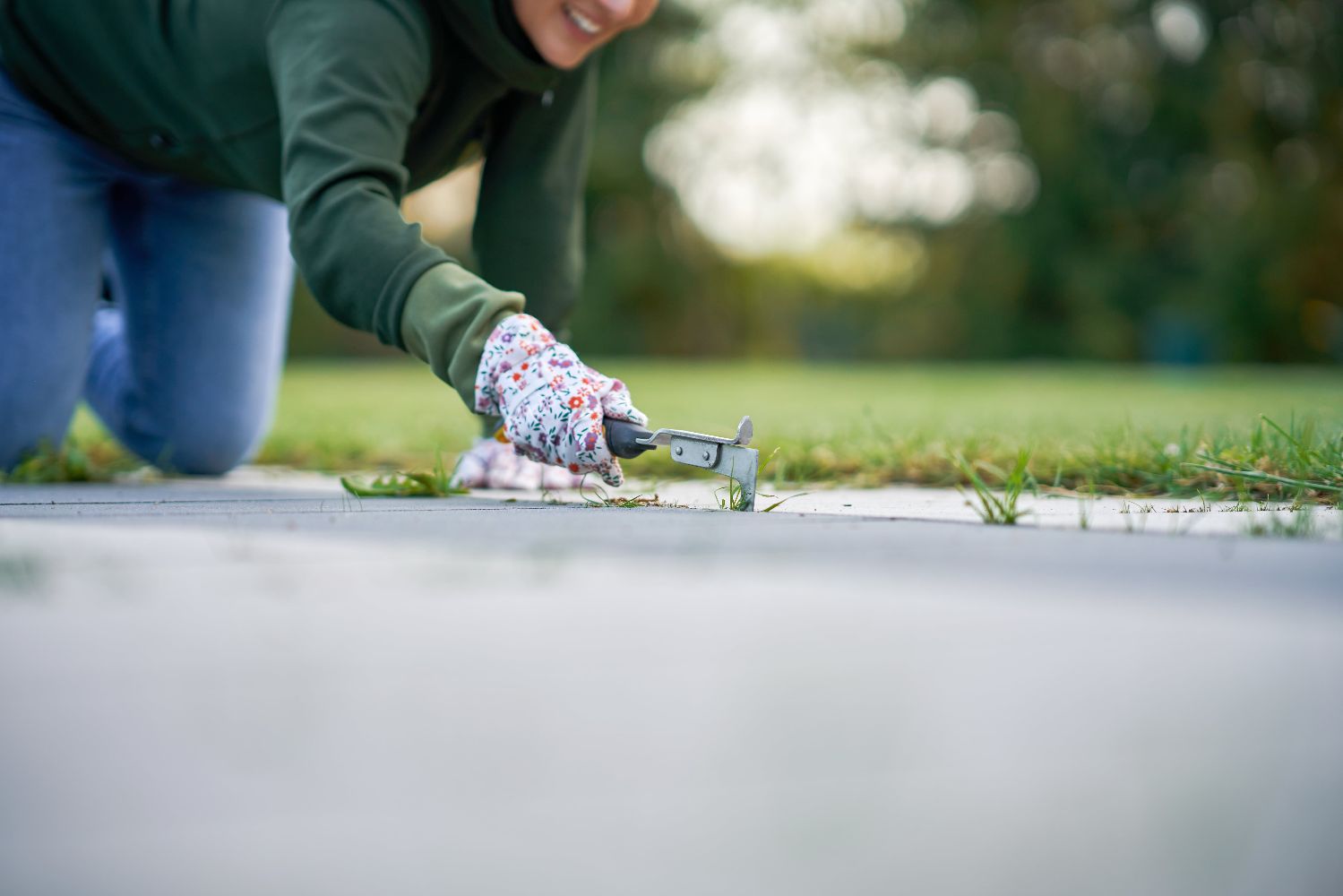

Landscaping Ideas
How To Stop Grass From Growing In Driveway Cracks
Modified: February 23, 2024
Learn effective landscaping ideas to prevent grass from growing in driveway cracks. Discover practical solutions to maintain a clean and tidy driveway.
(Many of the links in this article redirect to a specific reviewed product. Your purchase of these products through affiliate links helps to generate commission for Storables.com, at no extra cost. Learn more)
Introduction
Welcome to the perennial battle of homeowners everywhere: grass invading the cracks of your driveway. It seems that no matter how meticulous you are with your lawn care, those persistent blades of grass always find a way to sprout up where they're least wanted. But fear not, for in this comprehensive guide, we will explore the causes of grass growth in driveway cracks and provide practical solutions to keep those pesky plants at bay.
Whether you're a seasoned gardener or just someone who takes pride in maintaining a tidy outdoor space, the sight of grass infiltrating the crevices of your driveway can be a frustrating eyesore. Not only does it detract from the overall aesthetic appeal of your property, but it can also lead to structural issues if left unchecked. Understanding the underlying reasons for this phenomenon is the first step toward effectively addressing the problem.
In the sections that follow, we will delve into the various factors that contribute to grass growth in driveway cracks, ranging from environmental conditions to soil composition. Additionally, we will explore a range of methods for preventing and eliminating grass in these areas, including both chemical and natural remedies. By the end of this guide, you will be equipped with the knowledge and strategies needed to reclaim your driveway from unwanted vegetation and maintain a pristine outdoor environment.
So, grab your gardening gloves and let's embark on a journey to reclaim your driveway from the clutches of unruly grass. It's time to restore order and curb appeal to your outdoor space, one crack at a time.
Key Takeaways:
- Say goodbye to grass in your driveway cracks by regularly maintaining, sealing, and using landscape fabric to prevent growth. Chemical and natural remedies offer effective solutions for eliminating and preventing grass invasion.
- Understanding the causes of grass growth in driveway cracks and implementing proactive measures like regular maintenance and natural remedies can help maintain a pristine and grass-free outdoor space.
Read more: How To Remove Grass From Driveway Cracks
Understanding the Causes of Grass Growth in Driveway Cracks
Grass growth in driveway cracks can be attributed to a combination of environmental factors, soil conditions, and the inherent resilience of grass species. Understanding these causes is crucial for devising effective strategies to prevent and eliminate grass in these areas.
1. Environmental Conditions: The environment plays a significant role in promoting grass growth in driveway cracks. Sunlight, moisture, and temperature variations create favorable conditions for seeds to germinate and plants to thrive. Driveways, often exposed to ample sunlight and occasional rainfall, provide an ideal microclimate for grass seeds to take root and grow.
2. Soil Composition: The composition of the soil within driveway cracks also contributes to grass growth. Soil that accumulates in these crevices may contain organic matter and nutrients, providing a nourishing medium for seeds to sprout. Additionally, the soil’s ability to retain moisture can further support the growth of grass, enabling it to establish a foothold and proliferate.
3. Seed Dispersal: Grass seeds are adept at dispersing through various means, including wind, water, and human activity. These seeds can find their way into driveway cracks through natural processes or external factors, such as lawn mowing or foot traffic, leading to the initiation of new grass growth in these spaces.
4. Resilience of Grass Species: Many grass species exhibit remarkable resilience and adaptability, allowing them to thrive in challenging environments. Their ability to send out rhizomes or stolons enables them to spread and establish themselves even in the most inhospitable conditions, including the narrow crevices of a driveway.
By recognizing these underlying causes, homeowners can gain insight into the dynamics of grass growth in driveway cracks. Armed with this understanding, they can implement targeted measures to address each contributing factor and effectively thwart the encroachment of grass in these areas.
Methods for Preventing Grass Growth in Driveway Cracks
When it comes to preventing grass growth in driveway cracks, employing proactive measures can significantly reduce the likelihood of unwanted vegetation taking hold in these spaces. Here are several effective methods for thwarting grass growth and maintaining a pristine driveway:
- Regular Maintenance: Consistent maintenance of your driveway is essential for preventing grass growth. Regularly inspect the cracks and remove any existing grass, along with the underlying soil and debris. By keeping the cracks clear, you can disrupt the conditions necessary for grass to take root and spread.
- Sealing the Cracks: Applying a quality sealant to the driveway cracks not only helps in preventing weed and grass growth but also enhances the structural integrity of the pavement. Sealants create a barrier that inhibits the penetration of seeds and moisture, effectively thwarting the establishment of grass in these areas.
- Installing Landscape Fabric: Placing landscape fabric or weed barrier material in the cracks can serve as a physical deterrent to grass growth. This breathable fabric allows water to pass through while impeding the emergence of weeds and grass, providing a long-term solution to minimize maintenance efforts.
- Utilizing Herbicides: Selective herbicides formulated for grass control can be applied to driveway cracks to prevent and eliminate grass growth. These products target grass species while minimizing harm to surrounding vegetation, offering an effective chemical solution for maintaining grass-free cracks.
By implementing these preventive measures, homeowners can proactively address the issue of grass growth in driveway cracks, ensuring that their outdoor spaces remain tidy and well-maintained. Additionally, combining these methods can yield synergistic effects, bolstering the overall efficacy of grass prevention strategies.
Next, we will explore chemical solutions for eliminating grass in driveway cracks, providing insights into targeted approaches for eradicating existing vegetation and preventing regrowth.
To stop grass from growing in driveway cracks, regularly apply a commercial weed killer or a homemade solution of vinegar and salt to the affected areas. This will help prevent new growth and keep your driveway looking clean.
Chemical Solutions for Eliminating Grass in Driveway Cracks
When grass has already taken root in driveway cracks, employing targeted chemical solutions can be an effective method for eliminating existing vegetation and preventing regrowth. Here are some key chemical solutions and considerations for eradicating grass in these areas:
- Selective Herbicides: Selective herbicides designed to target grass species while sparing desirable plants can be applied to the affected cracks. These products contain active ingredients that specifically inhibit the growth and development of grass, effectively eradicating unwanted vegetation without harming surrounding plants or hardscape surfaces.
- Systemic Herbicides: Systemic herbicides, which are absorbed by the foliage and translocated to the plant’s roots, can provide a comprehensive solution for eliminating grass in driveway cracks. By disrupting the internal functions of the grass plants, systemic herbicides ensure thorough eradication, preventing regrowth from the roots.
- Post-Emergent Herbicides: Post-emergent herbicides are designed to target and eliminate actively growing weeds, including grass in driveway cracks. These products are applied directly to the foliage of the unwanted vegetation, delivering targeted control and preventing further spread within the cracks.
Prior to using any chemical solutions, it is essential to carefully read and follow the manufacturer’s instructions, ensuring safe and effective application. Protective gear, such as gloves and eye protection, should be worn when handling and applying herbicides to minimize exposure and safeguard personal health.
Additionally, it is important to consider the environmental impact of chemical treatments and to use them judiciously, particularly in areas where runoff could affect surrounding vegetation or water sources. By exercising caution and adhering to best practices, homeowners can effectively utilize chemical solutions to eliminate grass in driveway cracks while minimizing potential risks.
While chemical solutions offer targeted and potent means of eradicating grass, it is also valuable to explore natural remedies for preventing grass growth in these areas, providing eco-friendly alternatives that align with sustainable landscaping practices.
Natural Remedies for Preventing Grass Growth in Driveway Cracks
For homeowners seeking eco-friendly and natural alternatives to prevent grass growth in driveway cracks, several effective remedies can help maintain a weed-free and visually appealing outdoor space. By harnessing the power of nature, these methods offer sustainable solutions to combat unwanted vegetation:
- Vinegar Solution: A solution of household vinegar and water can serve as a natural herbicide to inhibit grass growth. The acetic acid in vinegar disrupts the cellular structure of plants, effectively desiccating and suppressing their growth. Application of this solution to the cracks can help prevent grass from taking hold.
- Boiling Water: Boiling water can be a simple yet potent natural remedy for eradicating grass in driveway cracks. Pouring boiling water directly onto the grass in the cracks can scald and destroy the vegetation, providing a chemical-free and environmentally safe method of control.
- Corn Gluten Meal: Corn gluten meal, a natural byproduct of corn processing, can act as a pre-emergent herbicide to inhibit the germination of grass seeds. By applying this organic product to the cracks, homeowners can effectively prevent new grass growth, leveraging the natural inhibitory properties of corn gluten.
- Manual Removal and Solarization: Hand-pulling grass from the cracks and exposing the area to direct sunlight through solarization can be effective natural methods for preventing grass growth. By physically removing the vegetation and subjecting the cracks to intense heat, homeowners can disrupt the conditions necessary for grass to thrive.
These natural remedies not only offer environmentally friendly solutions but also align with sustainable landscaping practices, minimizing the use of synthetic chemicals and promoting a harmonious balance with nature. By incorporating these natural methods into their maintenance routines, homeowners can effectively prevent grass growth in driveway cracks while upholding eco-conscious principles.
As we conclude our exploration of natural remedies, it becomes evident that a combination of proactive measures, chemical solutions, and natural remedies can collectively contribute to a comprehensive approach for preventing and eliminating grass in driveway cracks. By integrating these strategies, homeowners can reclaim and maintain their driveways as pristine, grass-free spaces, enhancing the overall aesthetics and functionality of their outdoor environments.
Read more: How To Stop Grass From Growing Fast
Conclusion
In the perennial battle against grass growth in driveway cracks, homeowners are equipped with a diverse array of strategies to reclaim and maintain these spaces. By understanding the underlying causes of grass encroachment and implementing targeted preventive measures, individuals can effectively thwart the proliferation of unwanted vegetation, preserving the pristine appearance of their driveways.
From the proactive steps of regular maintenance and crack sealing to the judicious use of chemical solutions and the embrace of natural remedies, homeowners have a spectrum of options to combat grass growth. Each approach offers unique benefits, catering to diverse preferences and aligning with eco-conscious practices.
Furthermore, the synergy of these methods underscores the importance of a holistic approach to driveway maintenance. By combining preventive measures, chemical solutions, and natural remedies, homeowners can create a robust defense against grass intrusion, ensuring that their driveways remain tidy, visually appealing, and structurally sound.
As we bid farewell to the persistent challenge of grass in driveway cracks, let us carry forth the knowledge and strategies gleaned from this guide. By embracing proactive maintenance, leveraging targeted solutions, and harmonizing with nature, homeowners can reclaim their outdoor spaces from the clutches of unruly grass, fostering an environment of beauty, functionality, and sustainable landscaping practices.
Armed with these insights and remedies, it’s time to take the reins and restore order to our driveways, one crack at a time. Let’s embark on this journey with determination and a touch of green-thumb finesse, ensuring that our outdoor spaces reflect the care and attention they deserve.
Frequently Asked Questions about How To Stop Grass From Growing In Driveway Cracks
Was this page helpful?
At Storables.com, we guarantee accurate and reliable information. Our content, validated by Expert Board Contributors, is crafted following stringent Editorial Policies. We're committed to providing you with well-researched, expert-backed insights for all your informational needs.
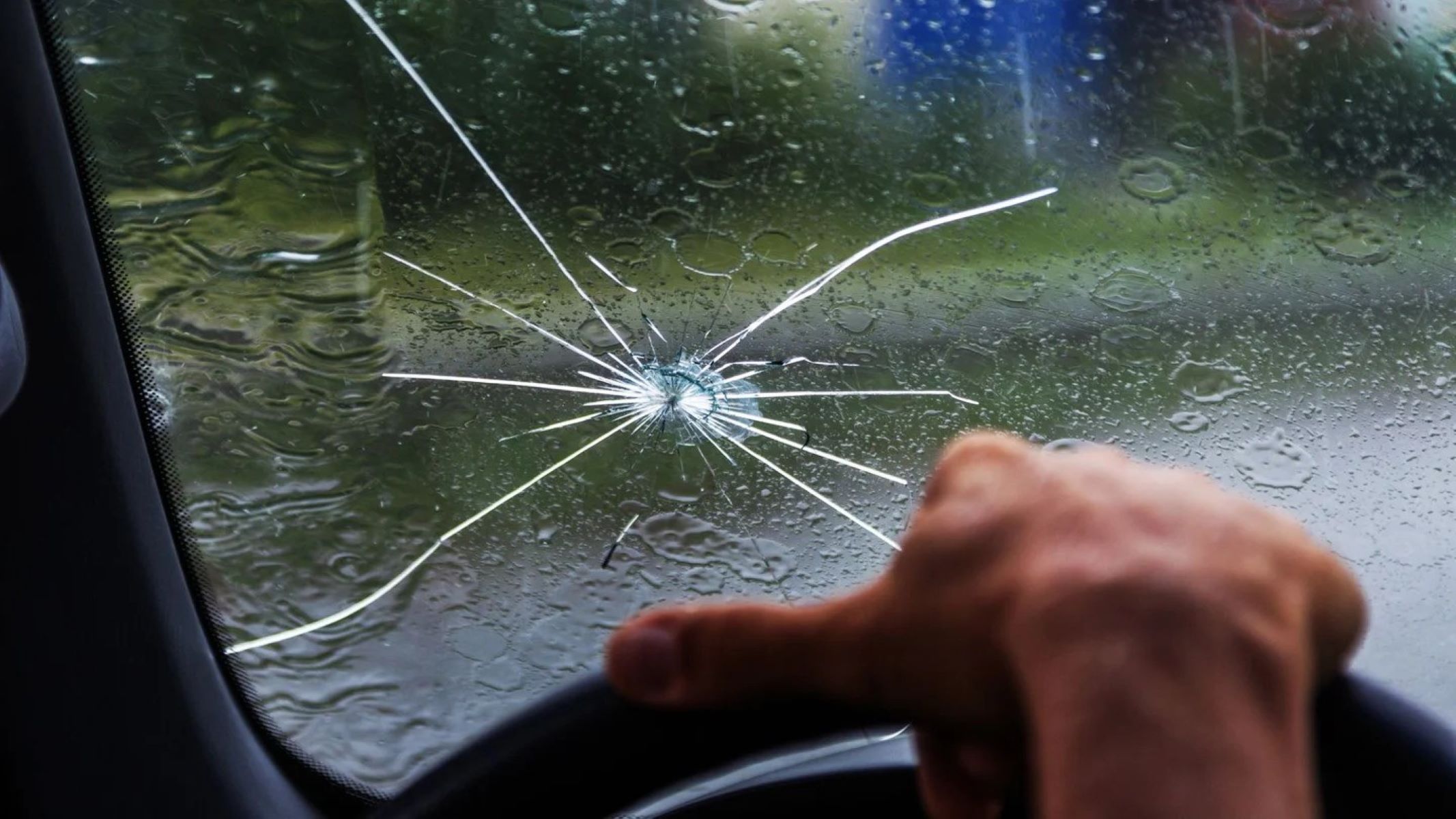
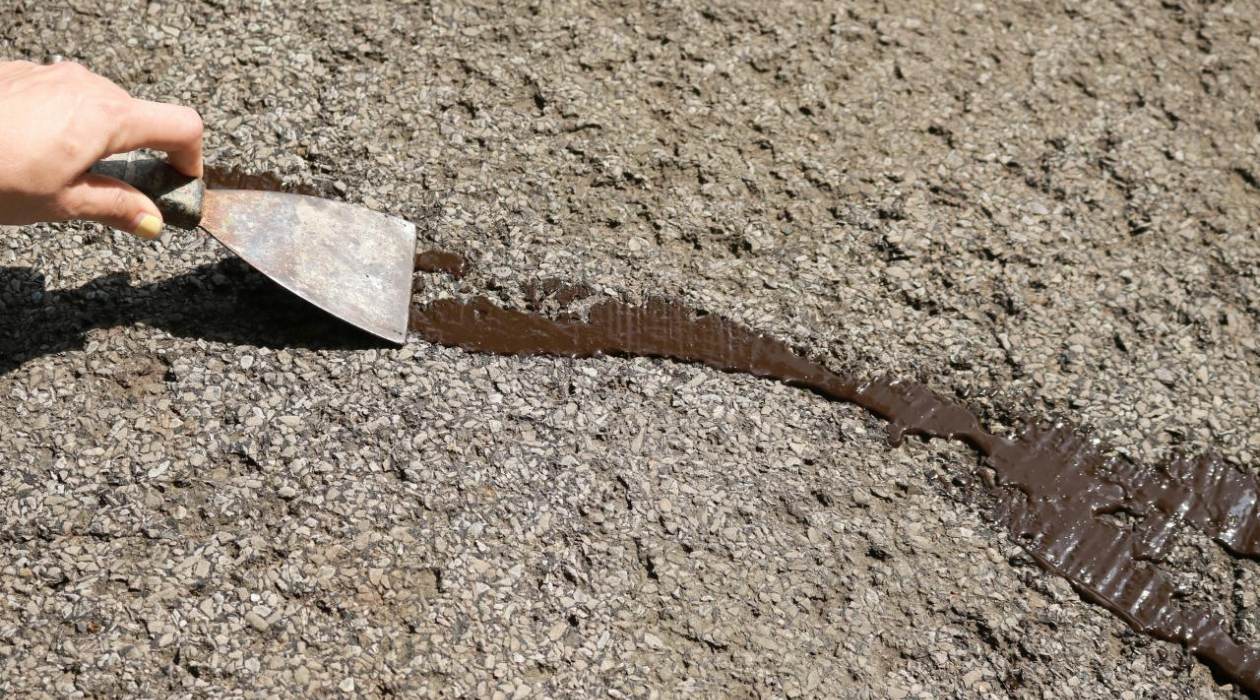
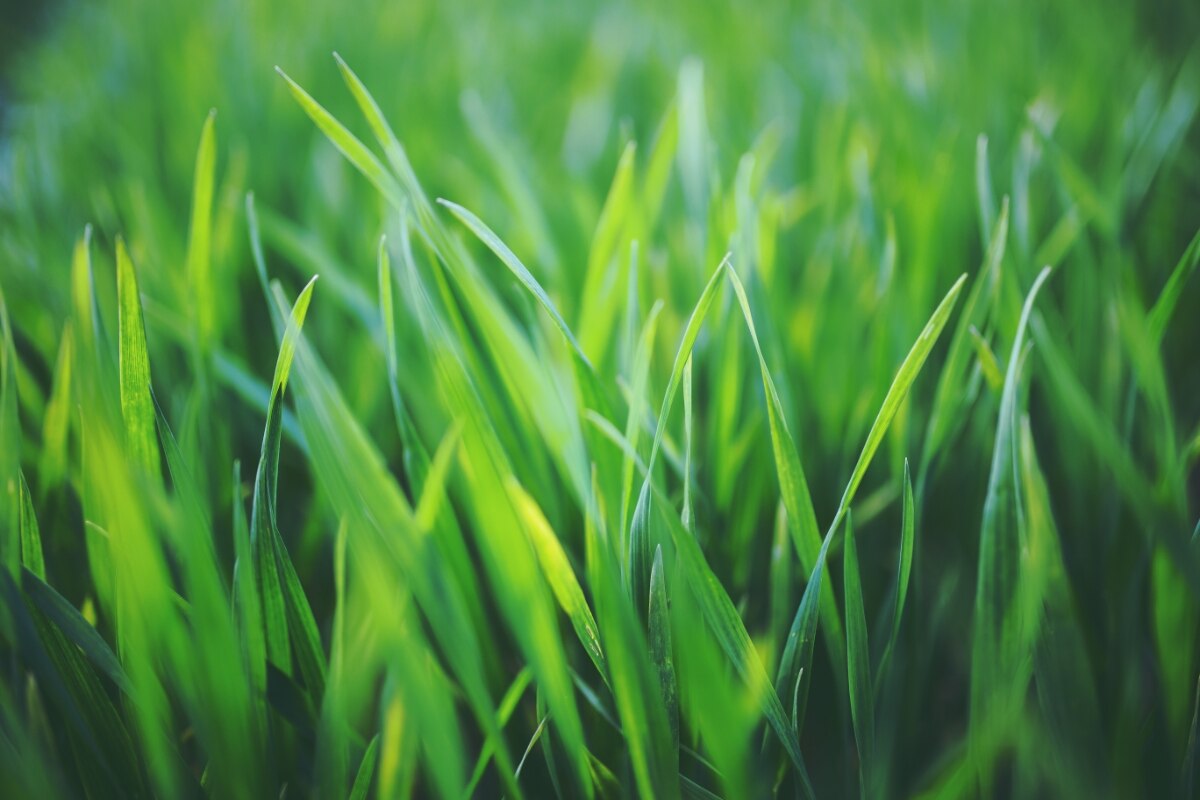
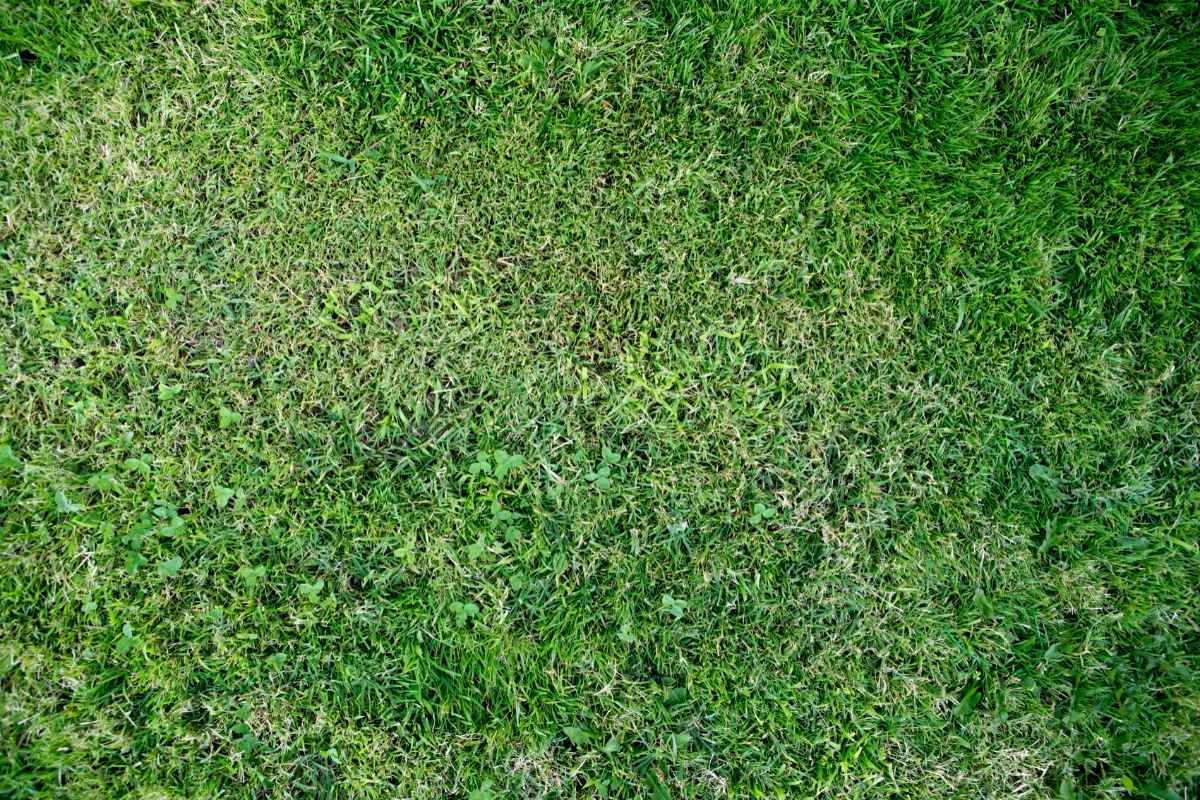
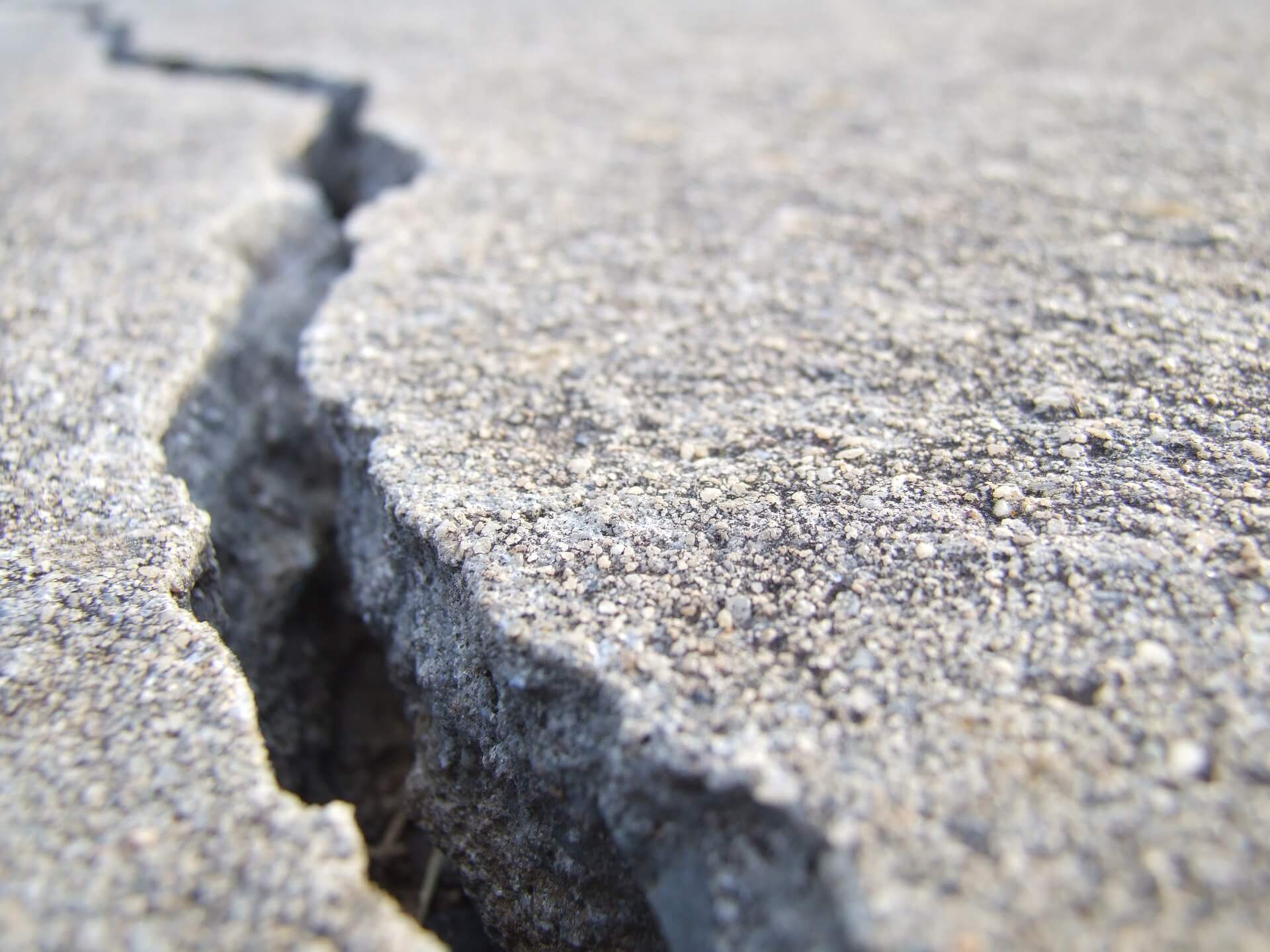
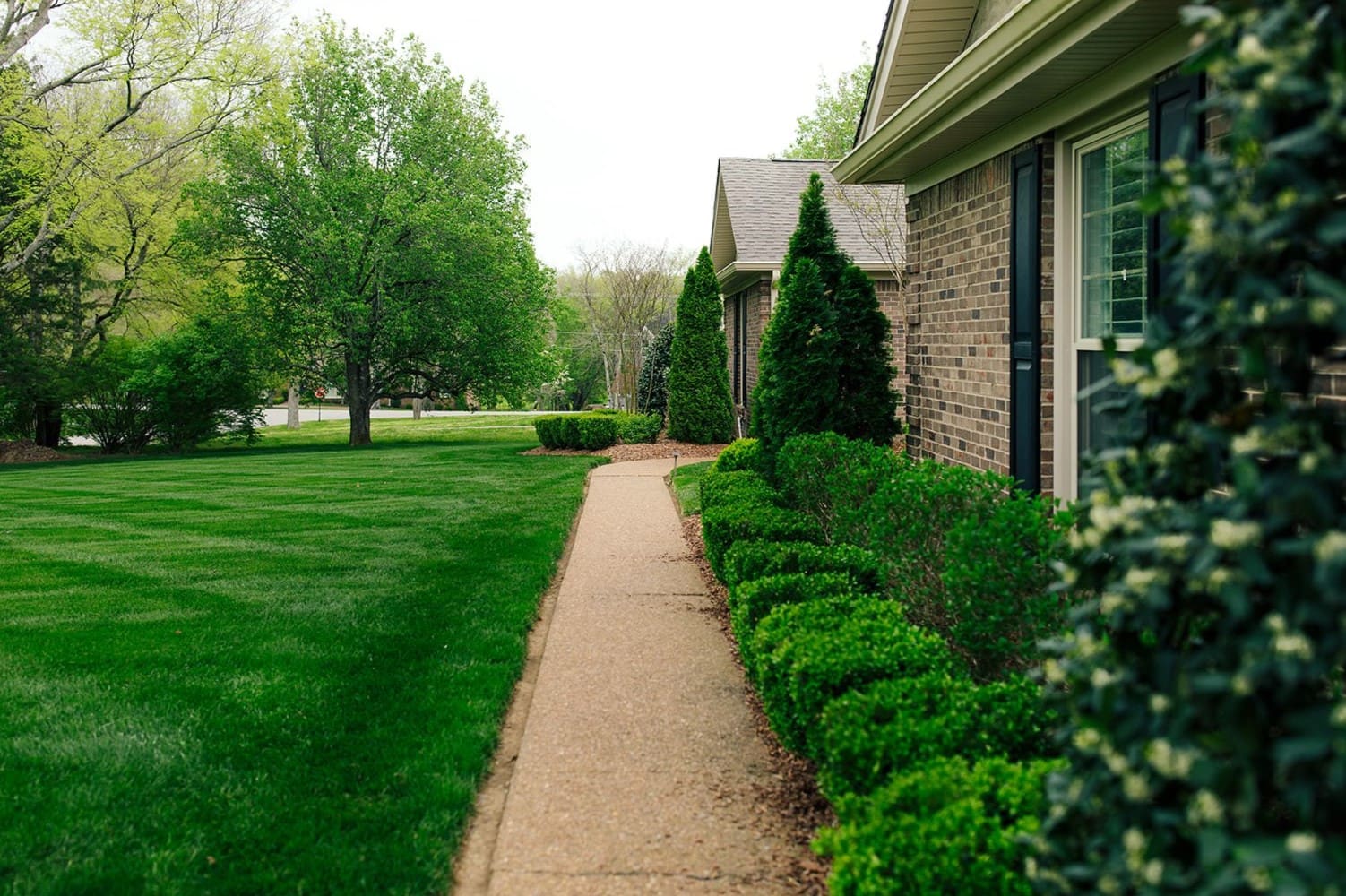
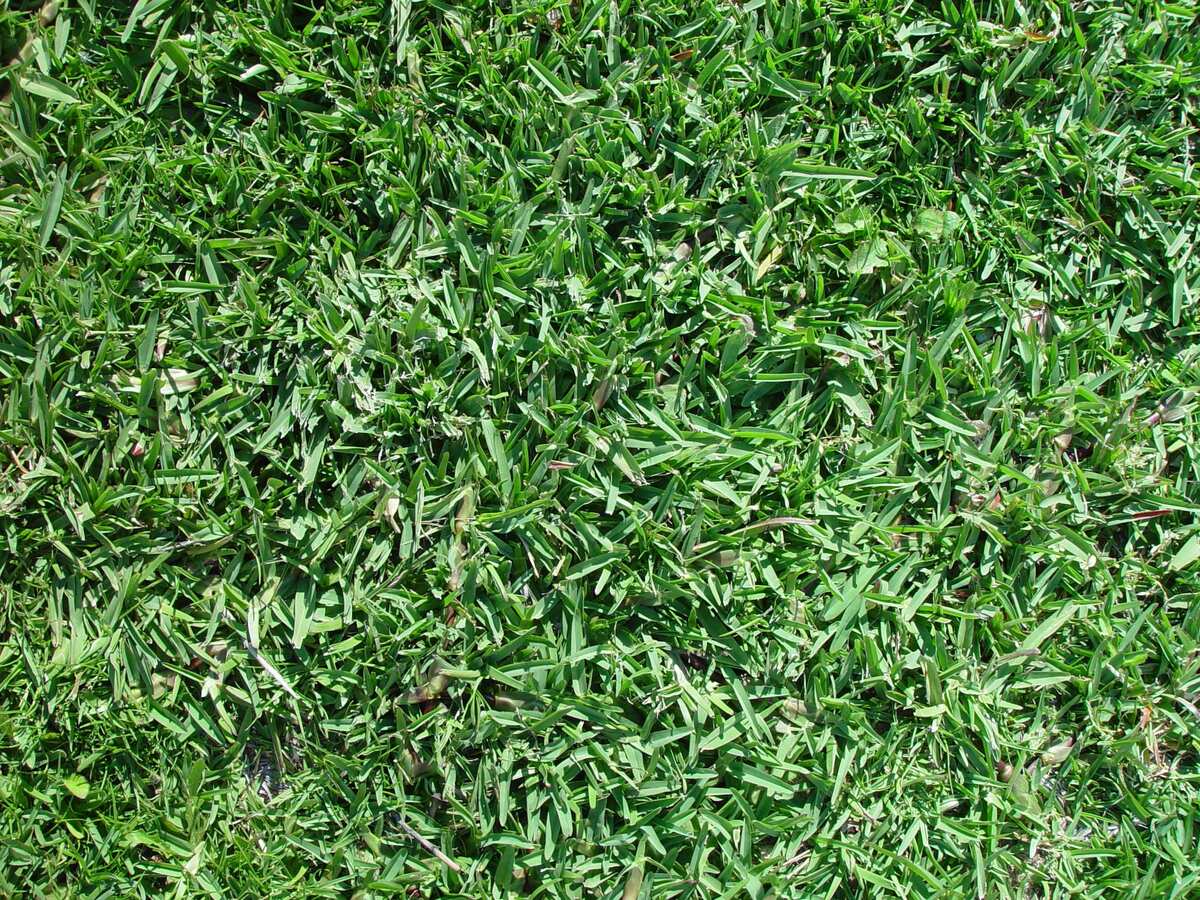
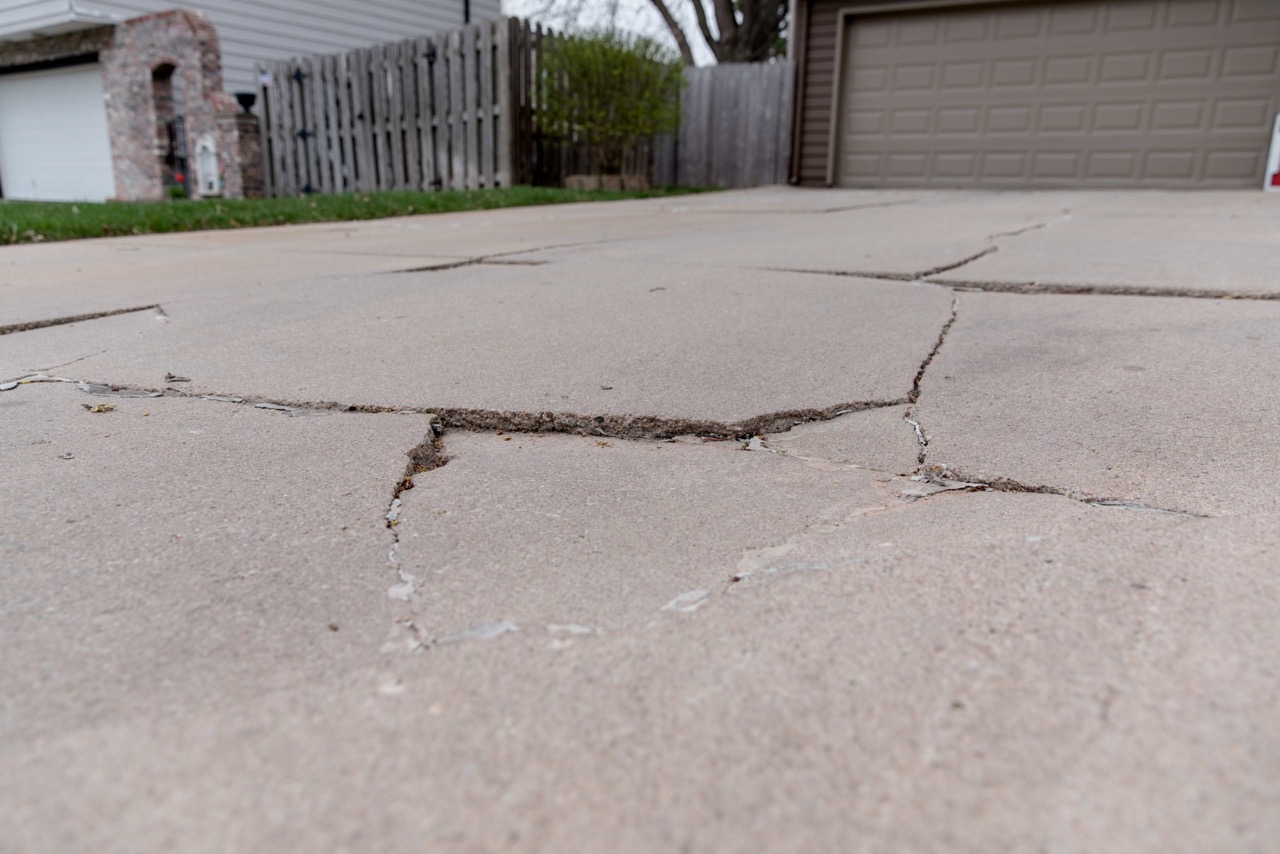

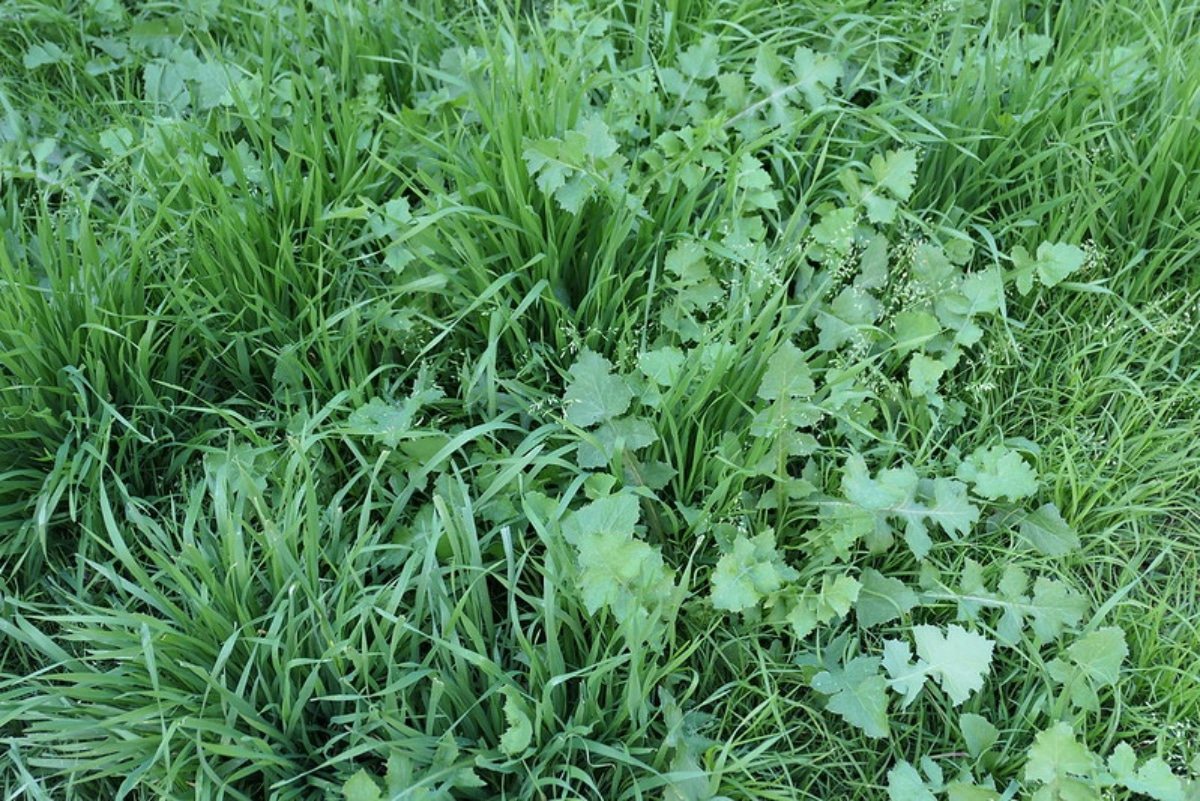


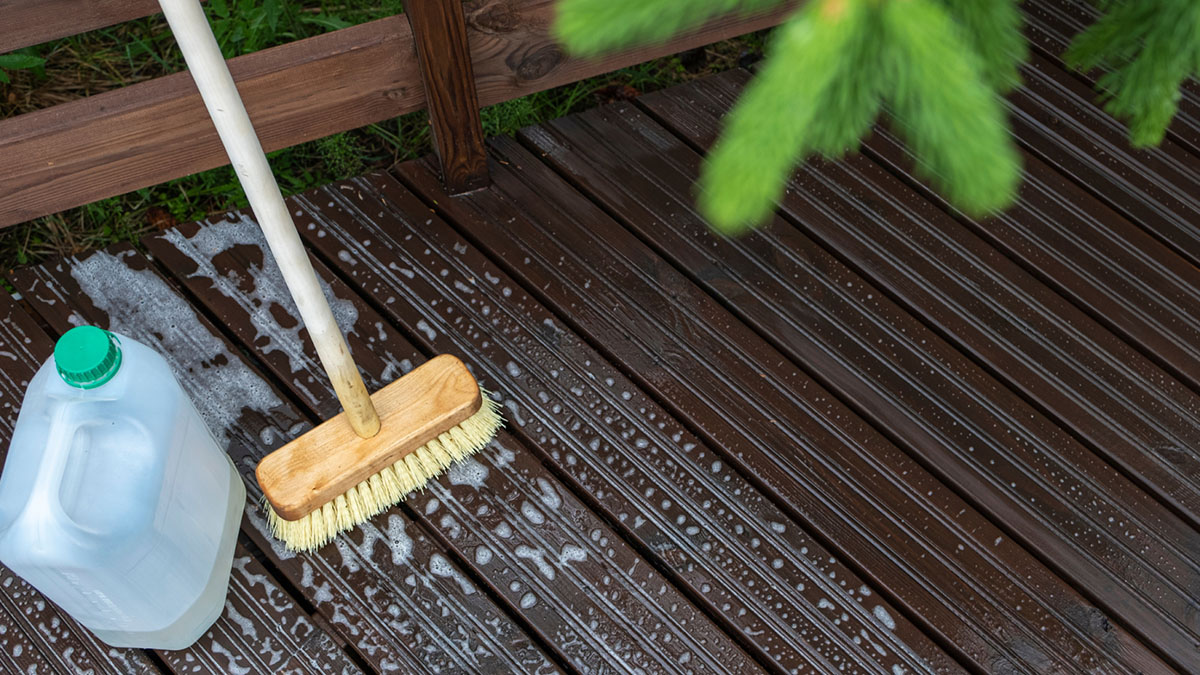
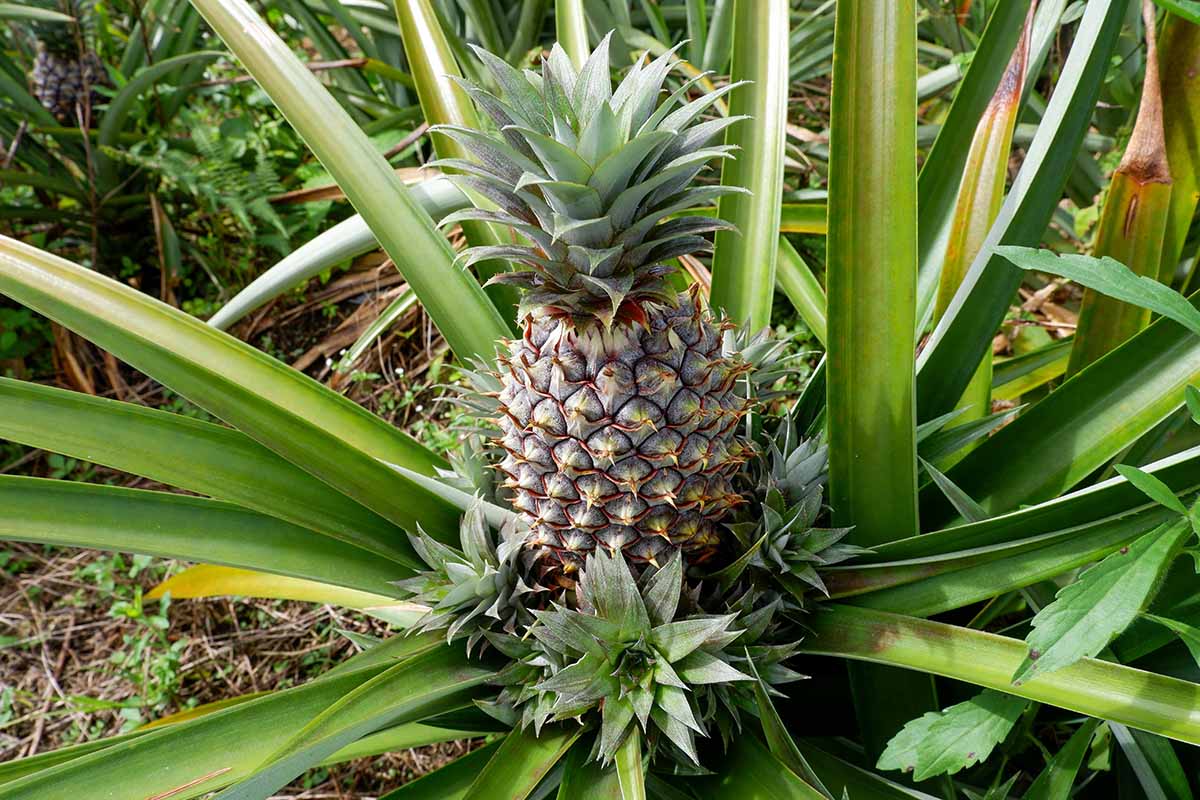

0 thoughts on “How To Stop Grass From Growing In Driveway Cracks”